What do you call this wood work?
katie8422
13 years ago
Related Stories

WALL TREATMENTSHouzz Call: Show Us Your Feature Wall
Have you used bold paint, reclaimed wood, living plants or something else to jazz up a wall in your home? We want to see it
Full Story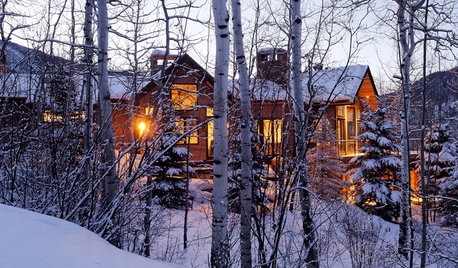
LIFEHouzz Call: Who'll Post the First Snow Photo of 2013?
If the weather's been flaky in your neck of the woods, please show us — and share how you stay warm at home
Full Story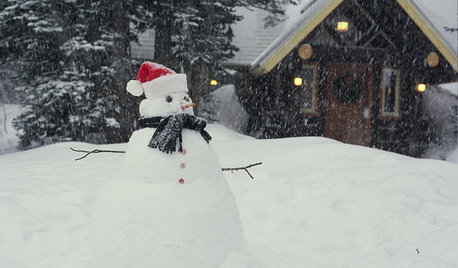
LIFEShare Your Winter Storm Jonas Photos and Survival Tips!
Let’s see your pictures and hear your ideas on how you’re keeping your house warm and staving off cabin fever
Full Story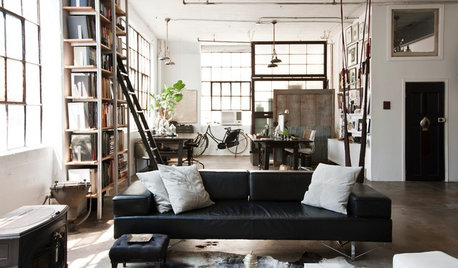
HOUZZ TOURSHouzz Call: Show Us Your Industrial Loft!
Bring on the brick and metal. If you live in a converted warehouse or an edgy loft, we’d love to see it
Full Story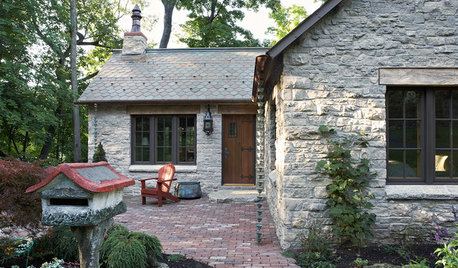
GREEN BUILDINGHouzz Call: What Have You Salvaged for Home Use?
If your floors, furniture, exterior materials or other home elements have a past life, we'd like to hear the story
Full Story
Houzz Call: Show Us Your Paint Makeovers
Let your newly repainted house or room do the "How d'ya like me now?" strut right here — it might just be featured in an upcoming ideabook
Full Story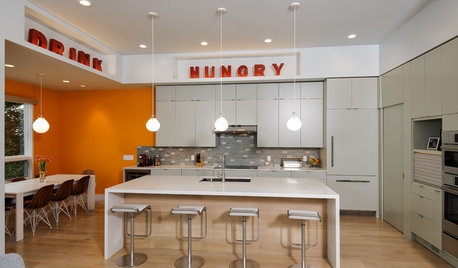
HOUZZ CALLShow Us the Best Kitchen in the Land
The Hardworking Home: We want to see why the kitchen is the heart of the home
Full Story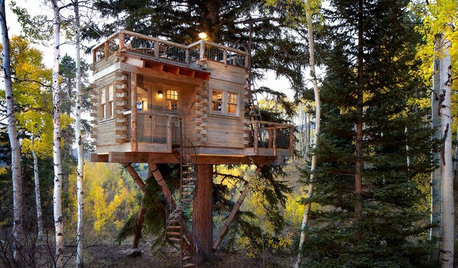
TREE HOUSESHouzz Call: Show Us Your Well-Designed Treehouse or Tree Fort!
Got a great treehouse or tree fort? We want to see it! Post yours in the Comments and we’ll feature the best in a future article
Full Story
FUN HOUZZHouzz Call: Tell Us About Your Dream House
Let your home fantasy loose — the sky's the limit, and we want to hear all about it
Full Story
KITCHEN DESIGNHouzz Call: Tell Us About Your First Kitchen
Great or godforsaken? Ragtag or refined? We want to hear about your younger self’s cooking space
Full Story









karinl
sombreuil_mongrel
Related Professionals
Highland Kitchen & Bathroom Designers · Plymouth Kitchen & Bathroom Designers · South Barrington Kitchen & Bathroom Designers · Bay Shore Kitchen & Bathroom Remodelers · Cocoa Beach Kitchen & Bathroom Remodelers · Fort Myers Kitchen & Bathroom Remodelers · Gardner Kitchen & Bathroom Remodelers · Green Bay Kitchen & Bathroom Remodelers · Overland Park Kitchen & Bathroom Remodelers · Phoenix Kitchen & Bathroom Remodelers · Sicklerville Kitchen & Bathroom Remodelers · Southampton Kitchen & Bathroom Remodelers · Joppatowne Kitchen & Bathroom Remodelers · Prairie Village Kitchen & Bathroom Remodelers · Martinsville Architects & Building Designersyoung-gardener
Carol_from_ny
mkroopy
katie8422Original Author
concretenprimroses
brickeyee
katie8422Original Author
sombreuil_mongrel
kframe19
slateberry
brickeyee
fuzzywuzzer
la_koala
kframe19
katie8422Original Author
columbusguy1
katie8422Original Author
karinl
palimpsest
columbusguy1